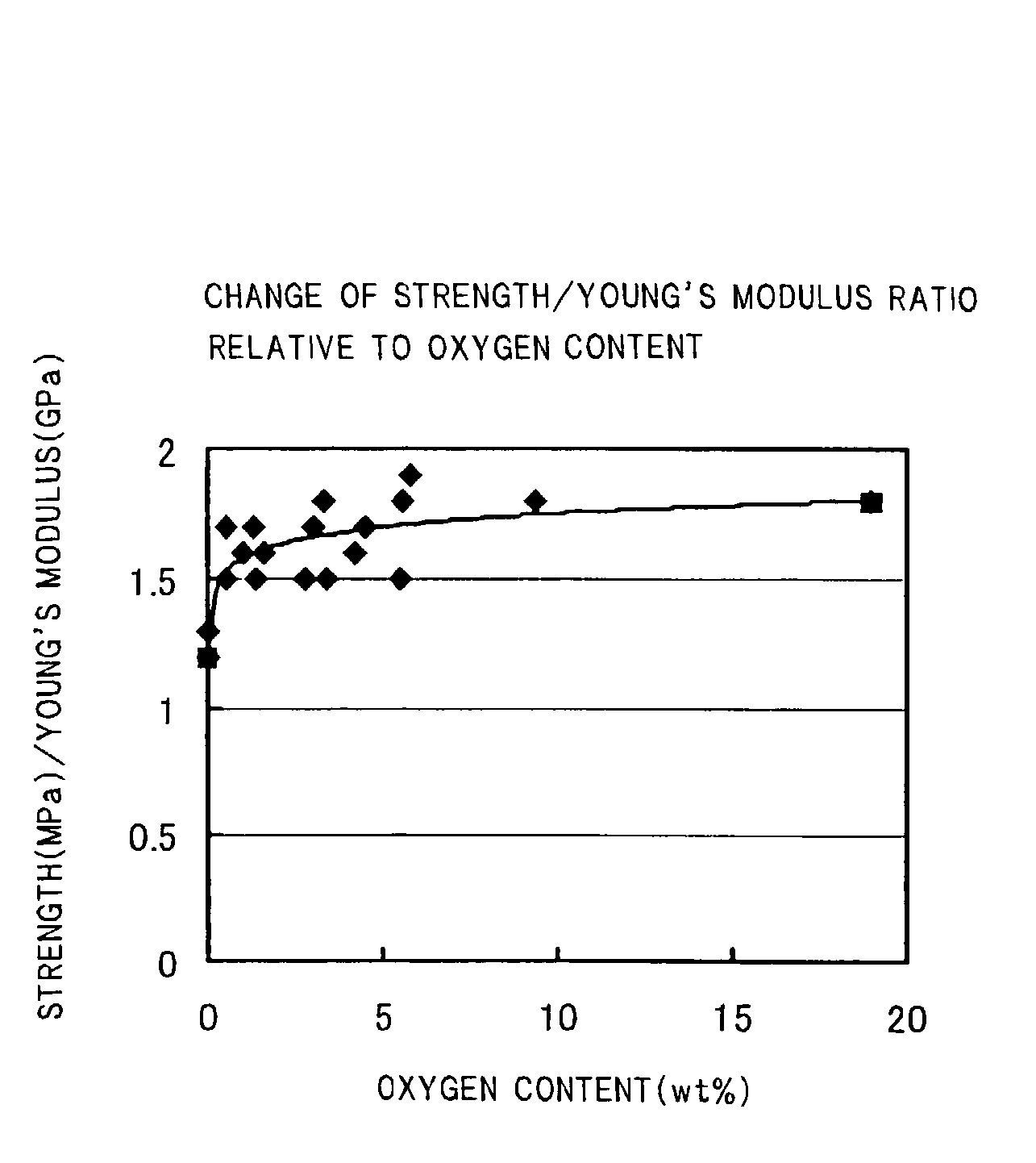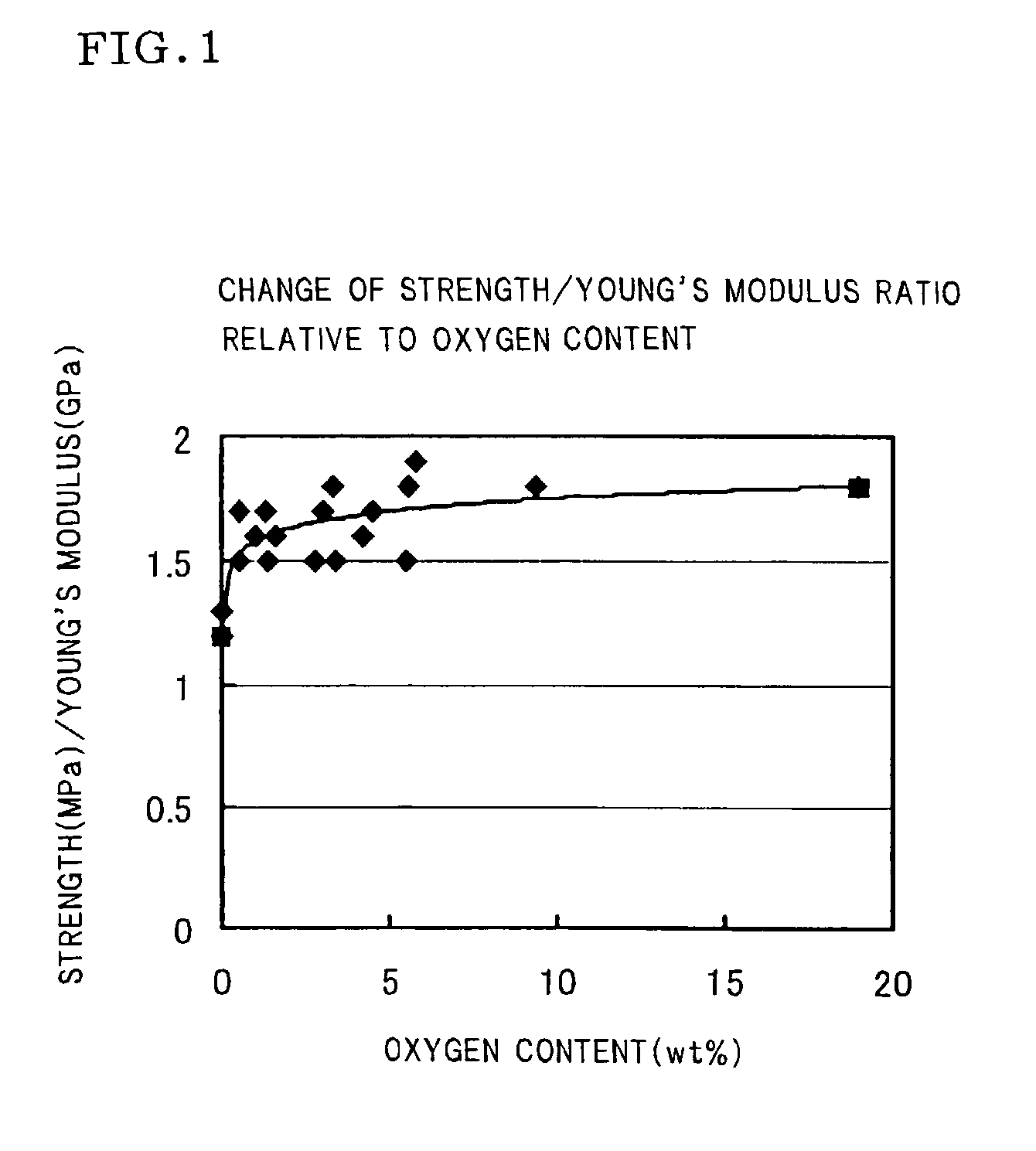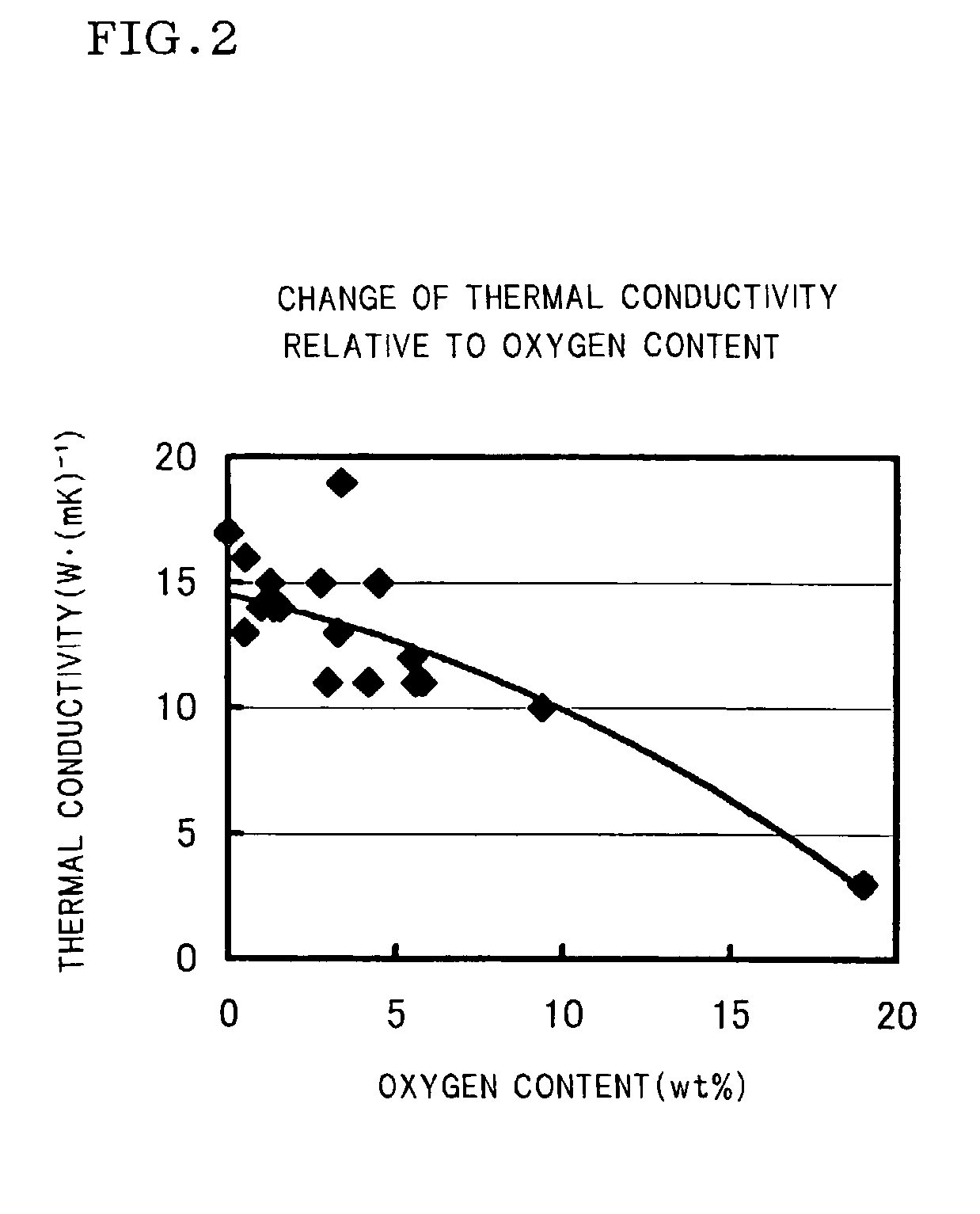Cellulase preparation containing nonionic surfactant and method of treating fiber
a cellulase and surfactant technology, applied in catalyst activation/preparation, machines/engines, natural mineral layered products, etc., can solve the problems of undissolved problems in the production cost, high cost, thermal conductivity,
- Summary
- Abstract
- Description
- Claims
- Application Information
AI Technical Summary
Benefits of technology
Problems solved by technology
Method used
Image
Examples
example 2
(Example 2)
[0047] The operation up to molding was conducted in the same manner as in Example 1. The resulting honeycomb molded material was kept at 550.degree. C. for 5 hours while air was allowed to flow; then, the air was switched to Ar and the temperature was increased to 1,000.degree. C. to conduct calcination for debindering, while keeping it as it was. Thereafter, firing was conducted in an Ar atmosphere at 1,450.degree. C. for 2 hours to produce a silicon carbide sintered body of porous honeycomb structure. The crystal phase of the sintered body was examined by X-ray diffraction, which confirmed that the sintered body was composed of SiC, Si and SiO.sub.2.
(Examples 3 to 9)
[0048] The operation up to molding was conducted in the same manner as in Example 1. The resulting honeycomb molded material was calcinated for debindering, in a low-oxygen content atmosphere at 550.degree. C. for 3 hours and then firing was conducted in a non-oxidative atmosphere of reduced pressure at 1,45...
examples 16 and 17
(Examples 16 and 17)
[0052] The operation up to firing was conducted in the same manner as in Examples 3 to 9, to produce silicon carbide sintered bodies of porous honeycomb structure. Then, each sintered body was immersed in a silica sol (SiO.sub.2 content: 4 or 20% by weight) and taken out slowly to coat the sintered body with the silica sol. Successively, each coated sintered body was heat-treated in air at 750.degree. C. for 1 hour to produce silica-coated silicon carbide sintered bodies of porous honeycomb structure.
[0053] There was no macroscopic or microscopic change in the honeycomb structures before and after the silica coating. The crystal phase of each sintered body after the silica coating was examined by X-ray diffraction, which confirmed that the sintered body after the silica coating was composed of SiC, Si and SiO.sub.2.
PUM
| Property | Measurement | Unit |
|---|---|---|
| Percent by mass | aaaaa | aaaaa |
| Temperature | aaaaa | aaaaa |
| Temperature | aaaaa | aaaaa |
Abstract
Description
Claims
Application Information
 Login to View More
Login to View More - R&D
- Intellectual Property
- Life Sciences
- Materials
- Tech Scout
- Unparalleled Data Quality
- Higher Quality Content
- 60% Fewer Hallucinations
Browse by: Latest US Patents, China's latest patents, Technical Efficacy Thesaurus, Application Domain, Technology Topic, Popular Technical Reports.
© 2025 PatSnap. All rights reserved.Legal|Privacy policy|Modern Slavery Act Transparency Statement|Sitemap|About US| Contact US: help@patsnap.com



